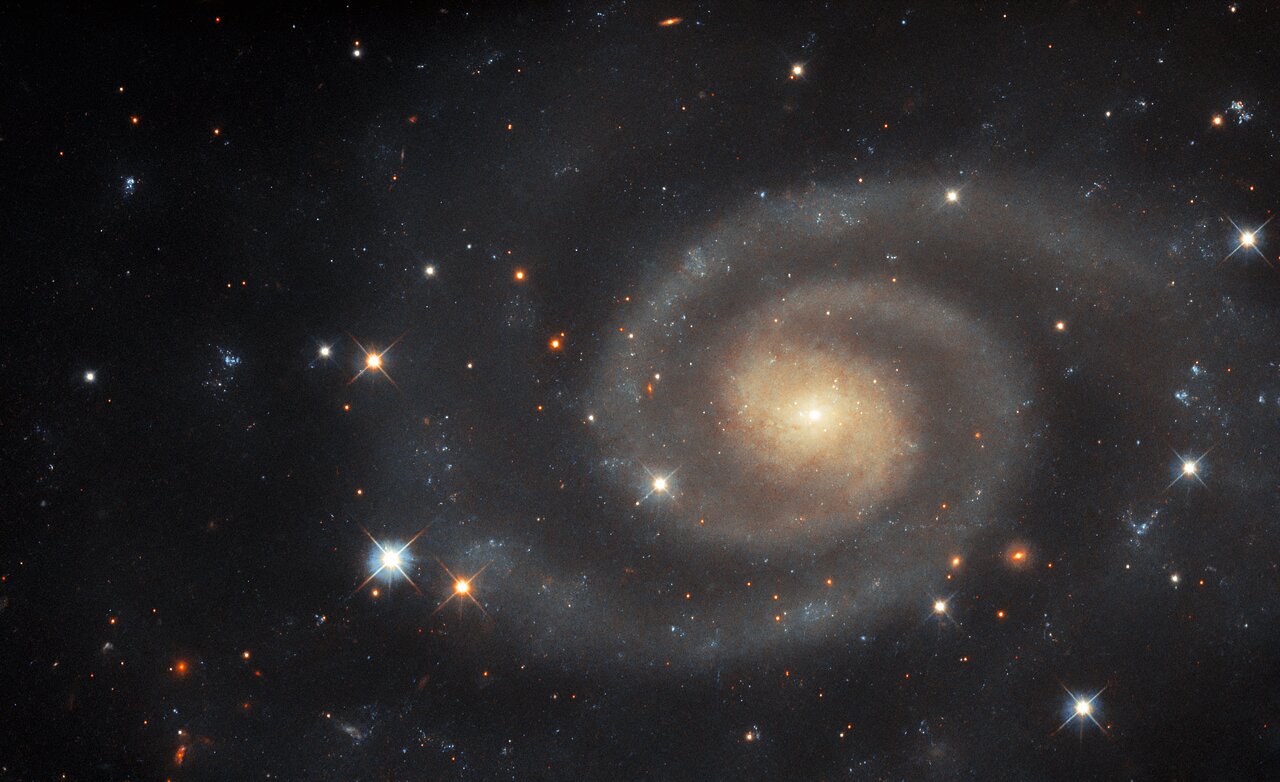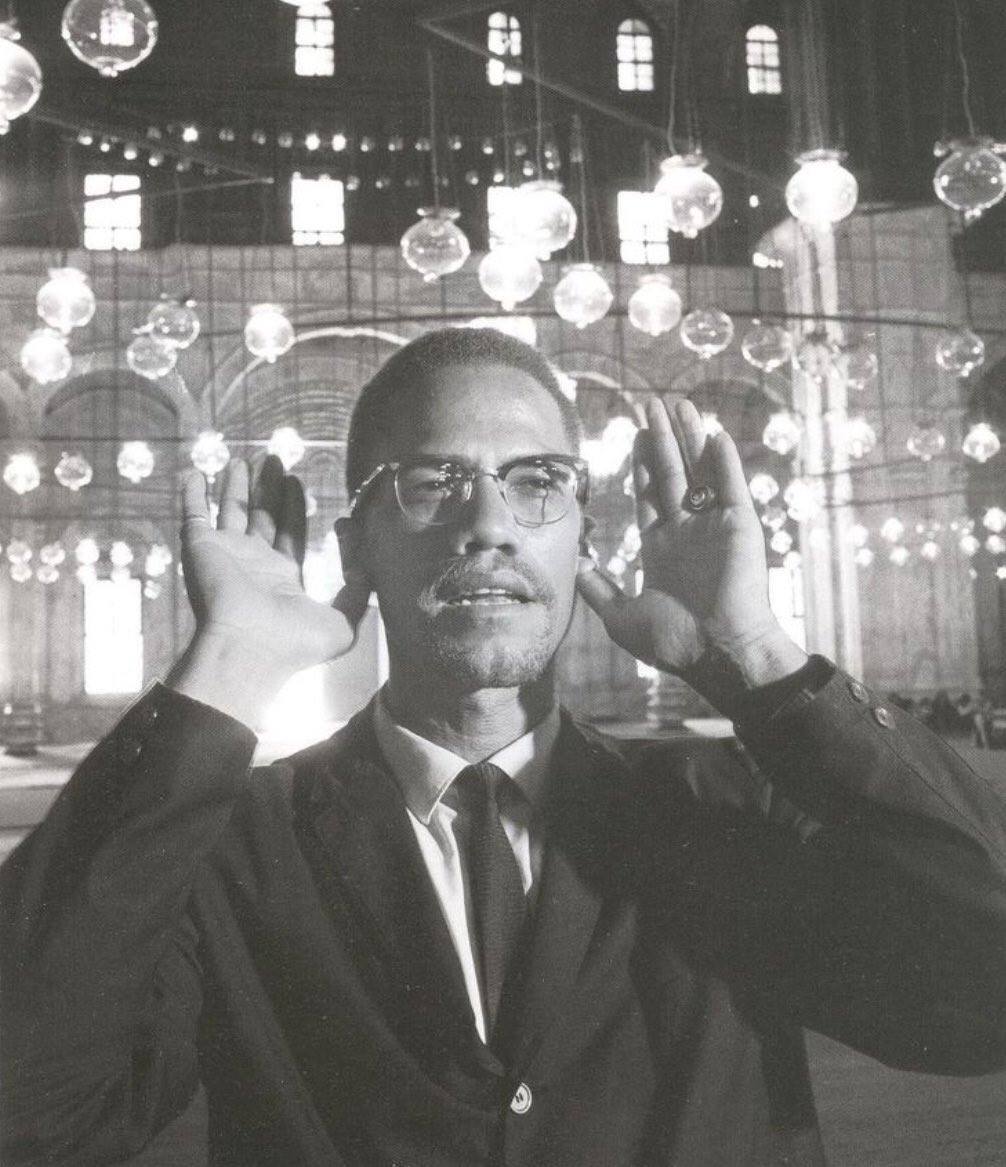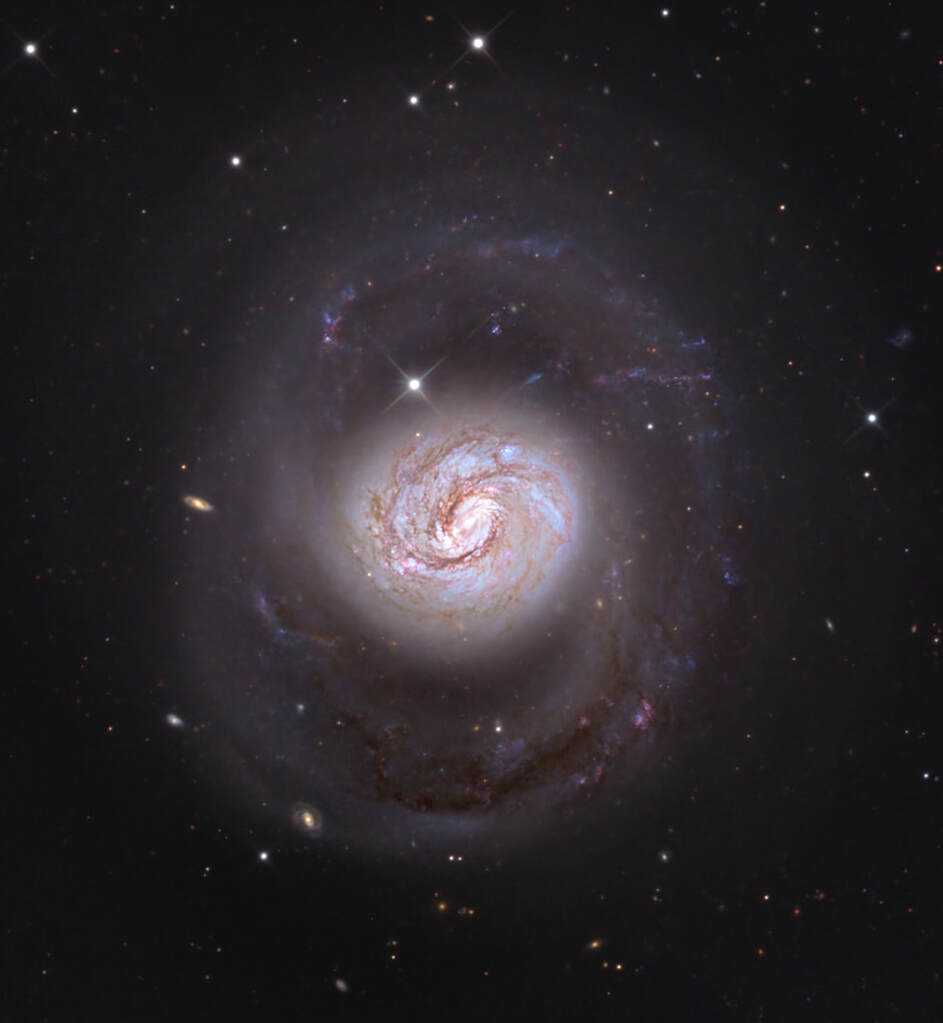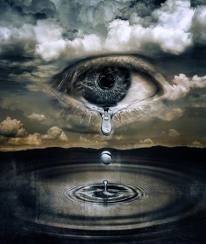Blog
Philip David Charles Collins LVO (born 30 January 1951) is an English singer, drummer, songwriter, record producer and actor. He was the drummer and later became the lead singer of the rock band Genesis and had a successful solo career, achieving three UK number one singles and seven US number one singles as a solo artist. In total, his work with Genesis, other artists, and solo resulted in more US top-40 singles than any other artist throughout the 1980s. His most successful singles from the period include “In the Air Tonight“, “Against All Odds (Take a Look at Me Now)“, “One More Night“, “Sussudio“, “Another Day in Paradise” and “I Wish It Would Rain Down“.
Born and raised in west London, Collins began playing drums at age five. During the same period he attended drama school which secured him various roles as a child actor. His first major role was the Artful Dodger in the West End production of the musical Oliver!. As an accomplished professional actor by his early teens, he pivoted to pursue a music career, becoming the drummer for Genesis in 1970, at age 19. He took over the role of lead singer in 1975 following the departure of Peter Gabriel. During the second half of the 1970s, in-between Genesis albums and tours, Collins was also the drummer of jazz rock band Brand X. Collins began a successful solo career in the 1980s, initially inspired by his marital breakdown and love of soul music, releasing the albums Face Value (1981), Hello, I Must Be Going (1982), No Jacket Required(1985) and …But Seriously (1989). Collins became, in the words of AllMusic, “one of the most successful pop and adult contemporary singers of the ’80s and beyond”. He also became known for a distinctive gated reverb drum sound on many of his recordings. He played drums on the 1984 charity single “Do They Know It’s Christmas?, and in July 1985, he was the only artist to perform at both Live Aid concerts. He also resumed his acting career, appearing in Miami Vice and subsequently starring in the film Buster(1988).
more...Martyn Jerel Buchwald (January 30, 1942 – September 27, 2018), known as Marty Balin , was an American singer, songwriter, and musician best known as the founder/leader and one of the lead singers and songwriters of Jefferson Airplane and Jefferson Starship.
Balin was born Martyn Jerel Buchwald in Cincinnati, Ohio, the son of Catherine Eugenia “Jean” (née Talbot) and Joseph Buchwald. His paternal grandparents emigrated from Eastern Europe. His father was Jewish and his mother was Episcopalian Buchwald attended Washington High School in San Francisco, California. As a child, Balin was diagnosed with autism.
more...Edward Brian “Tubby” Hayes (30 January 1935– 8 June 1973) was an English jazz multi-instrumentalist, best known for his virtuosic musicianship on tenor saxophone and for performing in jazz groups with fellow sax player Ronnie Scott and trumpeter Jimmy Deuchar. He is widely considered to be one of the finest jazz saxophonists to have emerged from Britain. Hayes died in June 1973, during a second heart operation at the Hammersmith Hospital, at the age of 38.
more...Ahmed Abdul-Malik (born Jonathan Tim, Jr.; January 30, 1927 – October 2, 1993) was an American jazz double bassist and oud player. Abdul-Malik is remembered for integrating Middle Eastern and North African music styles in his jazz music. He was a bass player for Art Blakey, Earl Hines, Randy Weston, and Thelonious Monk, among others.
more...
David Roy Eldridge (January 30, 1911 – February 26, 1989), nicknamed “Little Jazz“, was an American jazz trumpeter. His sophisticated use of harmony, including the use of tritone substitutions, his virtuosic solos exhibiting a departure from the dominant style of jazz trumpet innovator Louis Armstrong, and his strong impact on Dizzy Gillespie mark him as one of the most influential musicians of the swing era and a precursor of bebop.
Eldridge was born on the North Side of Pittsburgh, Pennsylvania, on January 30, 1911, to parents Alexander, a wagon teamster, and Blanche, a gifted pianist with a talent for reproducing music by ear, a trait that Eldridge claimed to have inherited from her. Eldridge began playing the piano at the age of five; he claimed to have been able to play coherent blues licks at even this young age.
more...This image of the spiral galaxy UGC 11105 is not as bright and vivid as some other Hubble Pictures of the Week. This softly luminous galaxy — lying in the constellation Hercules, about 110 million light-years from Earth — seems outshone by the sparkling foreground stars that surround it. The type II supernova which took place in this galaxy in 2019, while no longer visible in this image, definitely outshone the galaxy at the time! To be more precise, UGC 11105 has an apparent magnitude of around 13.6 in the optical light regime (this image was created using data that covers the heart of the optical regime, in addition to ultraviolet data). Astronomers have different ways of quantifying how bright celestial objects are, and apparent magnitude is one of them.
Firstly, the ‘apparent’ part of this quantity refers to the fact that apparent magnitude only describes how bright objects appear to be from Earth, which is not the same thing as measuring how bright they actually are. For example, in reality the variable star Betelgeuse is about 21 000 times brighter than our Sun, but because the Sun is much, much closer to Earth, Betelgeuse appears to be vastly less bright than it. The ‘magnitude’ part is a little harder to describe, because the magnitude scale does not have a unit associated with it, unlike, for example, mass, which we measure in kilograms, or length, which we measure in metres. Magnitude values only have meaning relative to other magnitude values. Furthermore, the scale is not linear, but is a type of mathematical scale known as ‘reverse logarithmic’, which also means that lower-magnitude objects are brighter than higher-magnitude objects.
As an example, UGC 11105 has an apparent magnitude of around 13.6 in the optical, whereas the Sun has an apparent magnitude of about -26.8. Accounting for the reverse logarithmic scale, this means that the Sun appears to be about 14 thousand trillion times brighter than UGC 11105 from our perspective here on Earth, even though UGC 11105 is an entire galaxy! The faintest stars that humans can see with the naked eye come in at about sixth magnitude, with most galaxies being much dimmer than this. Hubble, however, has been known to detect objects with apparent magnitudes up to the extraordinary value of 31, so UGC 11105 does not really present much of a challenge.

James Lee Jamerson (January 29, 1936 – August 2, 1983) was an American bass player. He was the uncredited bassist on most of the Motown Records hits in the 1960s and early 1970s (Motown did not list session musician credits on their releases until 1971), and is now regarded as one of the most influential bass players in modern music history. He was inducted into the Rock and Roll Hall of Fame in 2000. As a session musician he played on twenty-three Billboard Hot 100 number-one hits, as well as fifty-six R&Bnumber-one hits.
In its special issue “The 100 Greatest Bass Players” in 2017, Bass Player magazine ranked Jamerson number one and called him the most important and influential bass guitarist. In 2020, Rolling Stonemagazine ranked Jamerson number one in its list of the 50 greatest bassists of all time.
A native of Edisto Island, South Carolina, he was born to James Jamerson Sr. and Elizabeth Bacon. He was raised in part by his grandmother who played piano, and his aunt who sang in church choir. As a child he was a competent piano player and performed in public. He briefly played the trombone. As a teenager he was a reserved person, and passionate about music. He listened to gospel, blues and jazz music on the radio.
more...Edwin Thomas “Ed” Shaughnessy (January 29, 1929 – May 24, 2013) was a swing music and jazz drummer long associated with Doc Severinsen and a member of The Tonight Show Band on The Tonight Show Starring Johnny Carson.
Shaughnessy was born in Jersey City, New Jersey and grew up in the New York City area, working in the 1940s with George Shearing, Jack Teagarden, and Charlie Ventura. In the 1950s he worked in the Charlie Ventura, Benny Goodman and Tommy Dorsey bands. In the 1960s he played for Count Basie prior to joining The Tonight Show Band. He was the drummer on Bashin’: The Unpredictable Jimmy Smith in 1962 which featured big band arrangements by Oliver Nelson, including the pop hit “Walk on the Wild Side” which peaked at #21 on the Billboard chart. Shaughnessy recorded extensively throughout his career and was known for his drum competitions with Buddy Rich.
more...
Messier 77 (M77), also known as NGC 1068 or the Squid Galaxy, is a barred spiral galaxy in the constellation Cetus. It is about 47 million light-years (14 Mpc) away from Earth. Messier 77 was discovered by Pierre Méchain in 1780, who originally described it as a nebula. Méchain then communicated his discovery to Charles Messier, who subsequently listed the object in his catalog.Both Messier and William Herschel described this galaxy as a star cluster. Today, however, the object is known to be a galaxy.

“Big Eye” Louis Nelson Delisle (January 28, 1885 – August 20, 1949) was an American early twentieth-century Dixieland jazz clarinetist in New Orleans, Louisiana, United States. He also played double bass, banjo, and accordion.
Nelson Delisle was born into a family who were Creoles of color. He spent most of his life in New Orleans, Louisiana. He studied clarinet with the elder Lorenzo Tio.
more...Osbourne Ruddock (28 January 1941 – 6 February 1989), better known as King Tubby, was a Jamaican sound engineer who influenced the development of dub in the 1960s and 1970s.
Tubby’s studio work, which saw him elevate the role of the mixing engineer to a creative fame previously only reserved for composers and musicians, would prove to be influential across many genres of popular music. He is often cited as the inventor of the concept of the remix that later became ubiquitous in dance and electronic music production. Singer Mikey Dread stated, “King Tubby truly understood sound in a scientific sense. He knew how the circuits worked and what the electrons did. That’s why he could do what he did”. King Tubby’s first interaction with the music industry came in the late 1950s with the rising popularity of Jamaican sound systems, which were to be found all over Kingston and which were developing into enterprising businesses. As a talented radio repairman, Tubby soon found himself in great demand by most of the major sound systems of Kingston, as the tropical weather of the Caribbean island (often combined with sabotage by rival sound system owners) led to malfunctions and equipment failure. Tubby owned an electrical repair shop on Drumalie Avenue, Kingston, that fixed televisions and radios. It was here that he built large amplifiers for the local sound systems. In 1961–62, he built his own radio transmitter and briefly ran a pirate radio station playing ska and rhythm and blues which he soon shut down when he heard that the police were looking for the perpetrators. Tubby eventually formed his own sound system, Tubby’s Hometown Hi-Fi, in 1958. It became a crowd favourite due to the high quality sound of his equipment, exclusive releases and Tubby’s own echo and reverb sound effects, at that point something of a novelty.The sound also launched the career of U-Roy, its featured toaster
King Tubby was shot dead on 6 February 1989, outside his home in Duhaney Park, Kingston, upon returning from a session at his Waterhouse studio. His untimely death was believed to be the outcome of a robbery.
more...Ronnie Scott OBE (born Ronald Schatt; 28 January 1927 – 23 December 1996) was a British jazztenor saxophonist and jazz club owner. He co-founded Ronnie Scott’s Jazz Club in London’s Sohodistrict, one of the world’s most popular jazz clubs, in 1959. Ronnie Scott was born in Aldgate, East London, into a Jewish family. His father, Joseph Schatt, was of Russian ancestry, and his mother Sylvia’s family attended the Portuguese synagogue in Alie Street. Scott attended the Central Foundation Boys’ School.
more...
More Posts
- Rhythm Roots Workshop Residency Ecumen Lakeview Commons Assisted Living
- Cosmos Trumpler 16
- Mahmoud Ahmed
- Keith Jarrett
- Mary Lou Williams
- Robert Johnson
- World Drumming Baba Ayo Adeyemi
- Daily Roots Prince Far I & The Arabs
- Cosmos NGC 253
- Bill Kreutzmann
- Jimmy Ruffin
- Nexhmije Pagarusha
- Johannes Brahms
- Pyotr Ilyich Tchaikovsky
- NO WAR STOP PUTIN World Music DakhaBrakha
- Daily Roots Burning Spear
- Rhythm Roots Workshop Ecumen North Branch Senior Living
- Cosmos UGC 9684
- David Friesen
- Hasaan Ibn Ali
